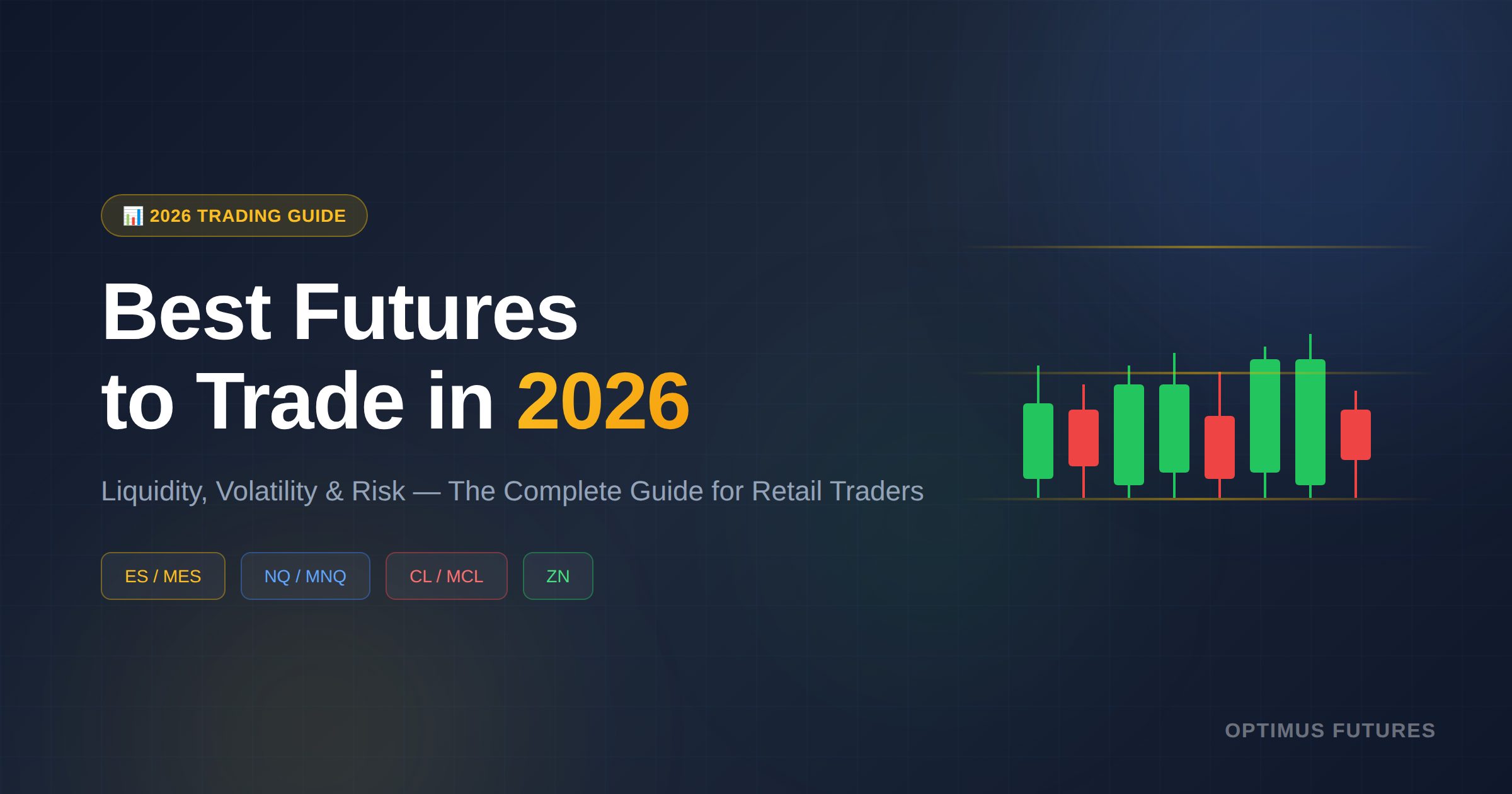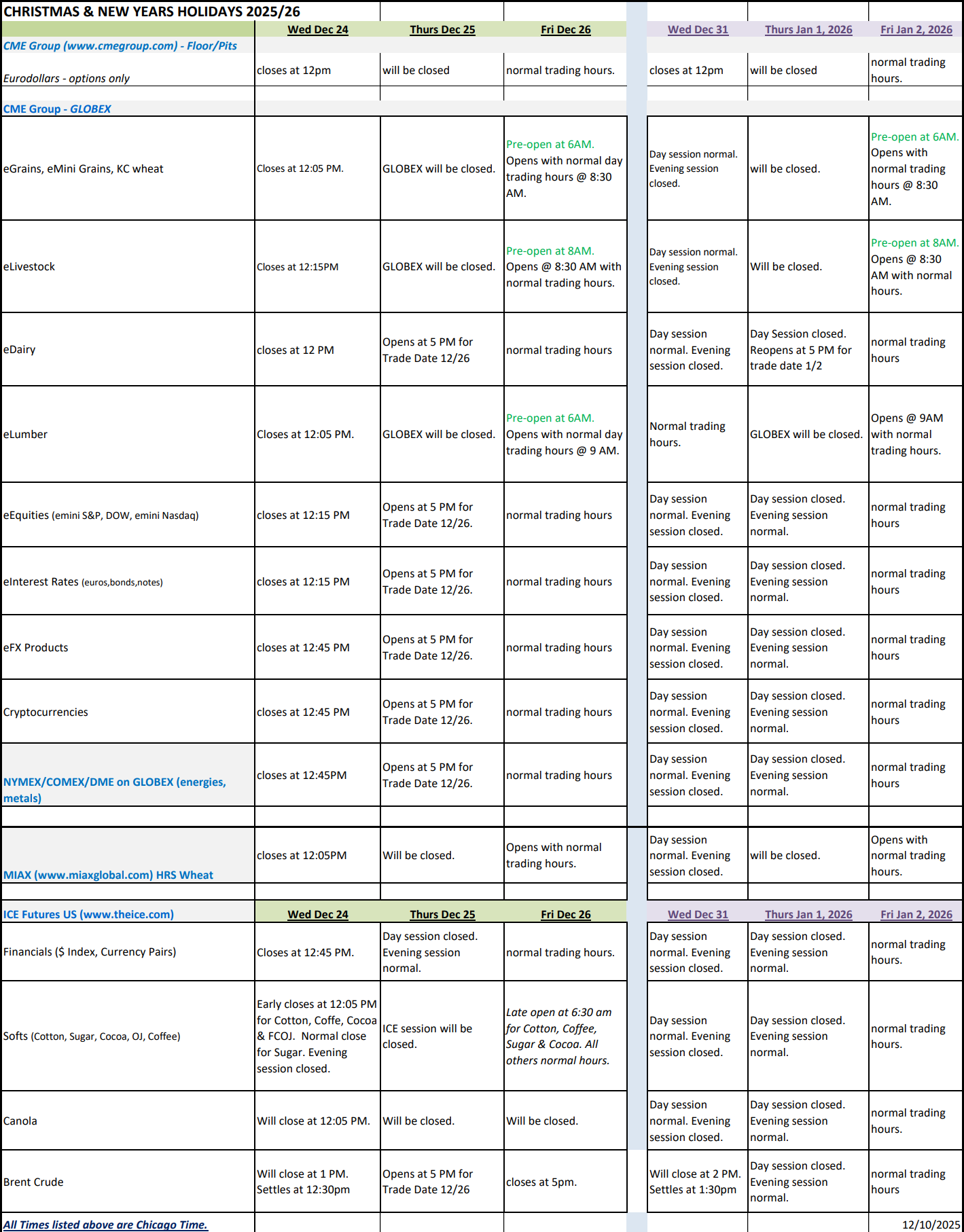Tick charts display a certain number of trades before printing a new bar and are often used by short term traders. Unlike time based charts, tick charts are based solely on the trading activity of each buy and sell transaction. Tick charts are commonly used by day traders who need to make quick trading decisions and do not have the time to wait for a 3 or a 5 Minute bar to close.
You can decide on your own tick chart according to your method. For example, a 1300 Tick chart would create a bar after 1300 transactions. Tick bars can be an essential tool in day-trading due to the fact that the number of bars will increase during high volume periods while decreasing during low volume periods. In essence, when volume increases, the activity tells us that there is greater interest (versus lack of interest) in the underlying market. This higher activity also tends to give day-traders a better indication of market trend. In other words, in a down trending market, prices will have a tendency to “thrust” lower at a faster pace than during low volume periods. Low volume periods may also signal the need for day-traders to stay out of the market and wait for a potential breakout during the session above and/or below resistance and support levels.
Here are 3 Trading Indicators that futures traders can use alongside tick charts for short term trading:
Volume Indicators may be essential when trading with Tick Charts to confirm the levels at which buying or selling is taking place. Large positions (professional traders) will often be reflected in volume (larger bars) and confirm a move higher or lower. Conversely, we can look at low volume bars as an indication of non-professional traders’ activity and therefore not enter a trade until the higher volume bars created by professionals confirm the direction of the market.
The RSI Indicator can be a very helpful tool when day-trading during high volume periods. The way we prefer to use it is a little different from the way most traders use it. We look for a continuation when overbought/oversold areas are reached. For example, let’s say that we set our RSI parameters at 70/30. When the 70% line is crossed indicating an overbought area, instead of shorting the market we would actually go long. The reason for this is that during those extremes, the momentum is stronger and has a tendency to “thrust” prices and RSI higher (or lower below 30% for a shorting opportunity).
Momentum is also an essential for day-traders because it reveals whether the price activity is “true” or whether it’s a fake-out. If prices suddenly surge higher but momentum remains flat or goes even lower, this may be a warning that this higher surge may not last due to a lack of follow through from buyers. Positive Momentum can also be used as a filter for long trades while negative Momentum as a confirmation for short trades. If we are considering a long position and we notice that Momentum has not yet turned positive, we may consider monitoring the Momentum indicator to turn positive as well for added confirmation of an uptrend. Many short term traders interpret indicators the wrong way. As a result, it is essential to identify how indicators behave through different periods of time.
It is quite reasonable that you will notice that some periods give better signals than others since tick charts tend to produce quite a lot of “noise”. However, you will soon discover that with real screen time experience, you can find the tick period suitable for you. Please keep in mind that short term trading requires an enormous amount of discipline and the ability to make quick decisions and exercise patience while waiting for trading signals.
Trading futures and options involves substantial risk of loss, and is not suitable for all investors. Past performance in not necessarily indicative of future results
VFM 29632.
Do you wish to explore TickCharts, RSI, Momentum and other indicators provided by an advanced futures trading platform that is FREE? Please try MultiChart (.NET) with a Free Demo Trial.
You will get:
- Free Historical Charting – 5 years back data
- Free Chart Trading with One-Click
- Free Drag-n-Drop (ATM) – Exit Strategies on DOM & Charts
- Free Automated Trading & Strategy Optimization
- Free 10 Levels Deep – Bid/Ask Prices
- Free Market Replay – Tick-by-Tick
- Free Server-Side OCO, Bracket, Trailing Target Orders



